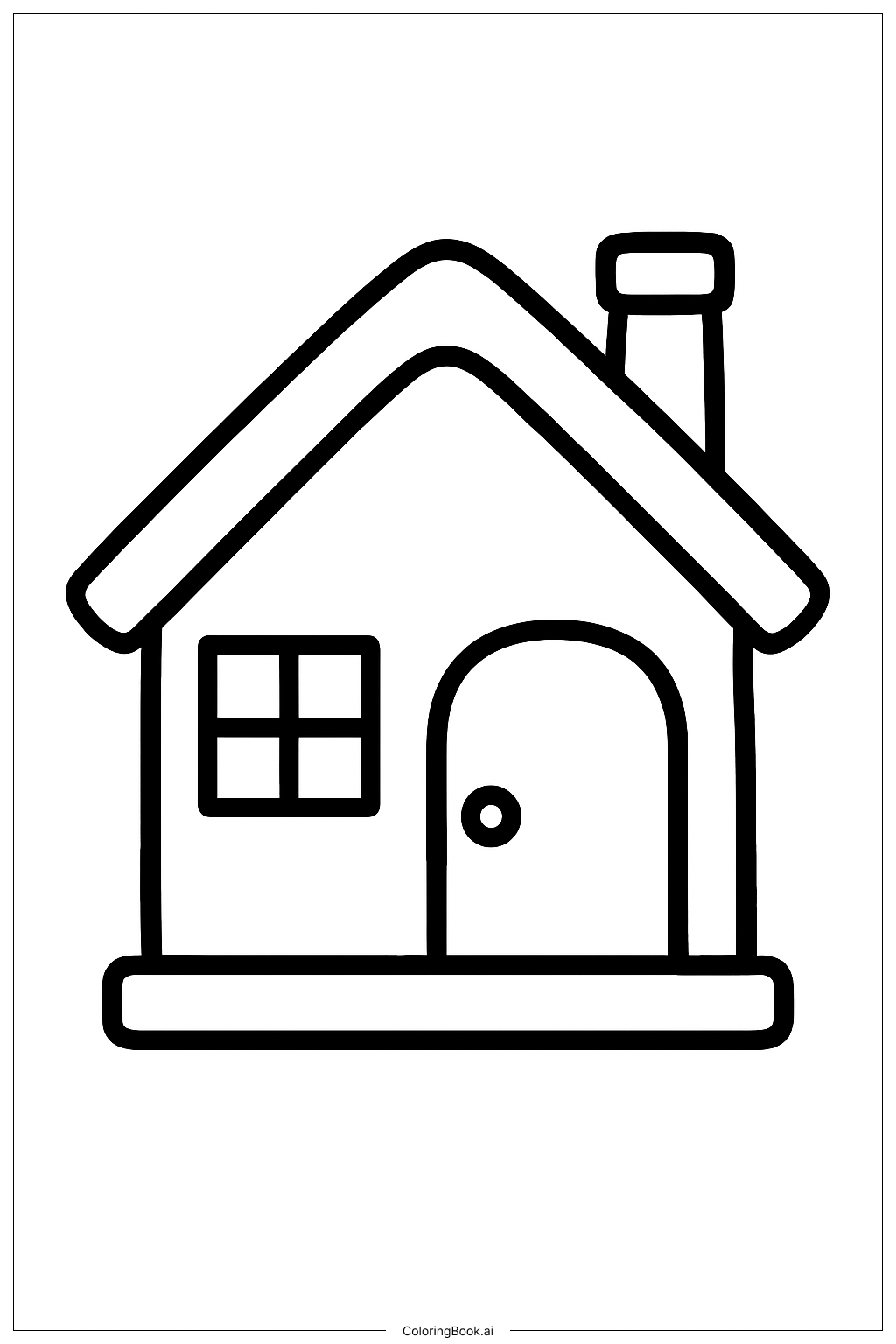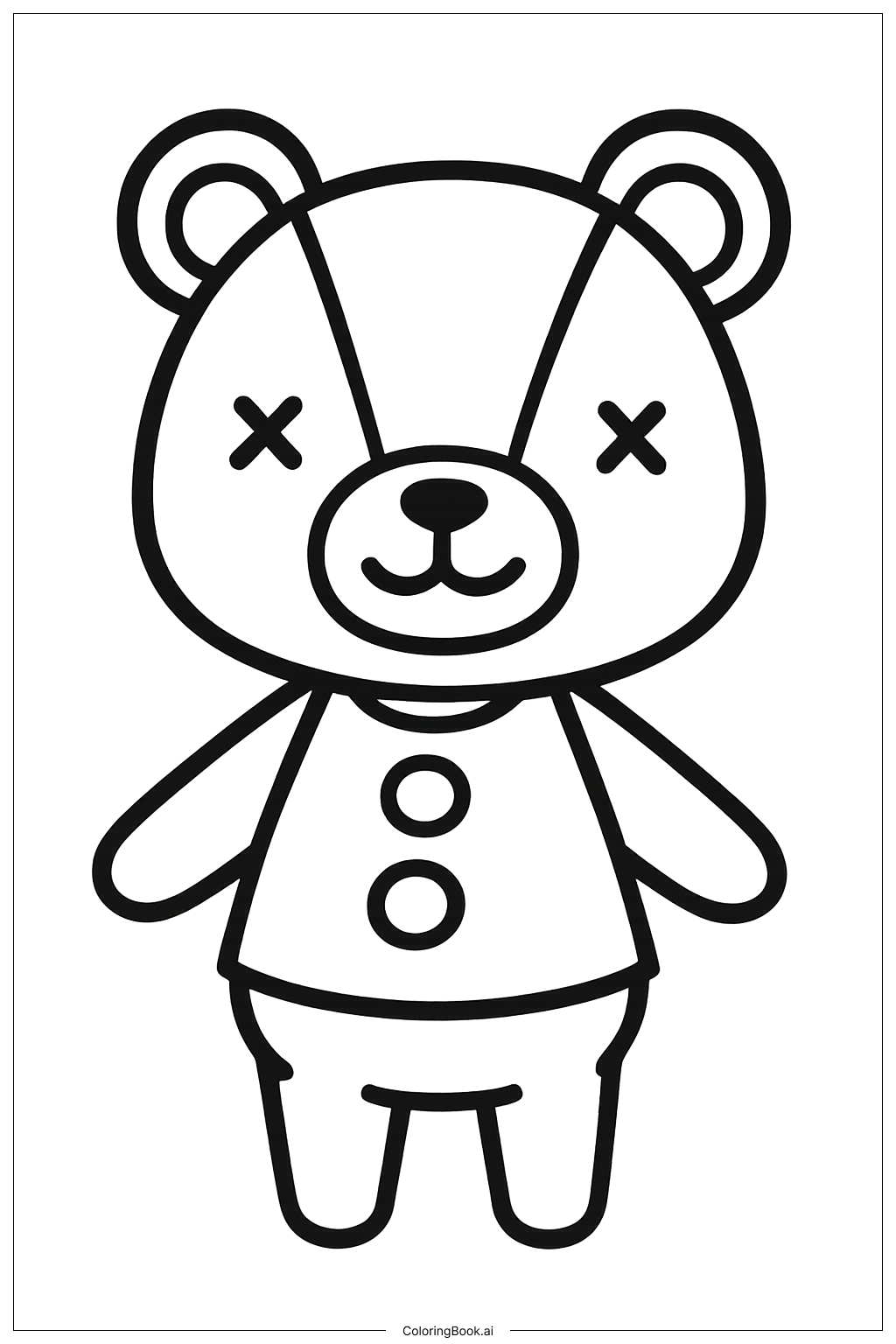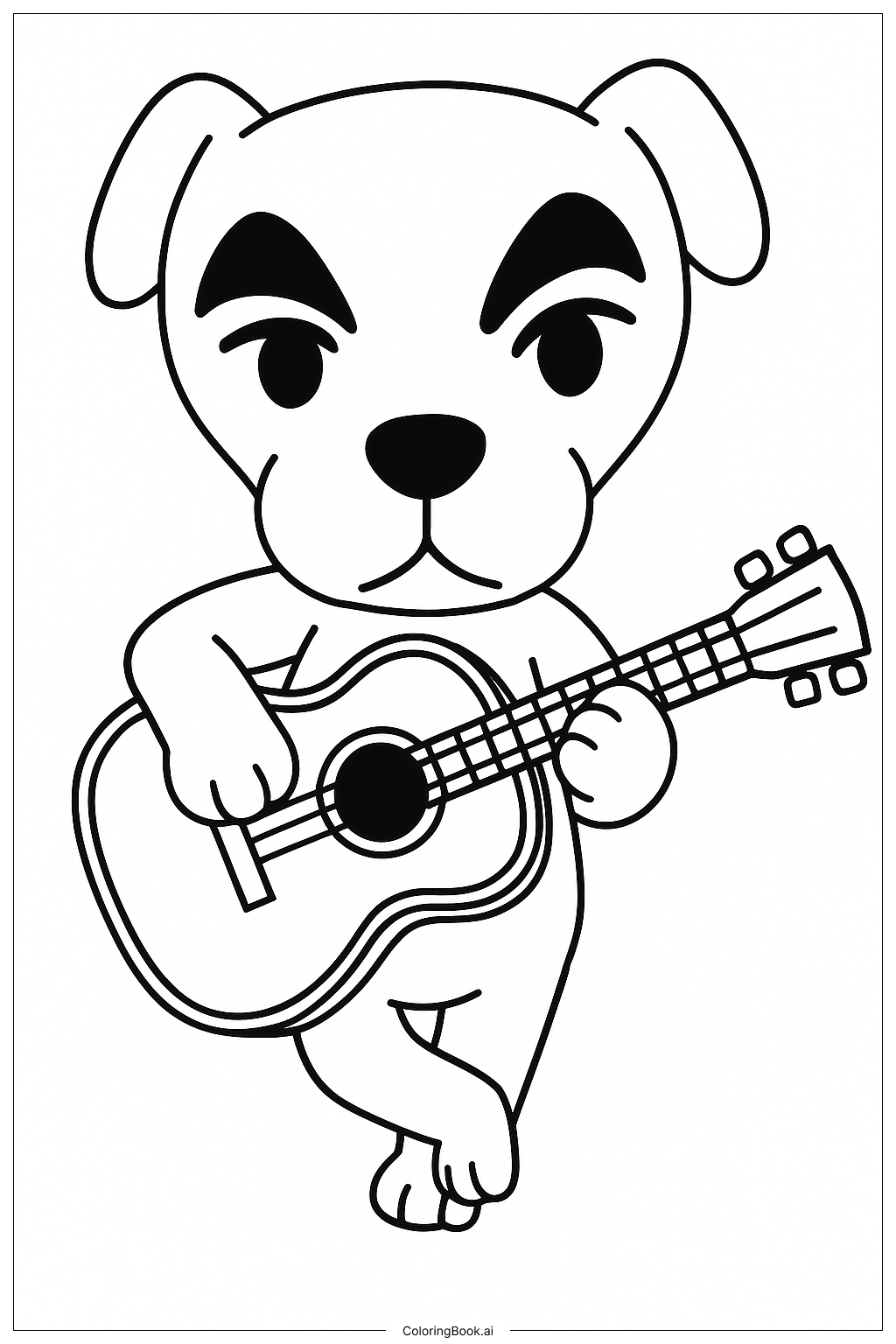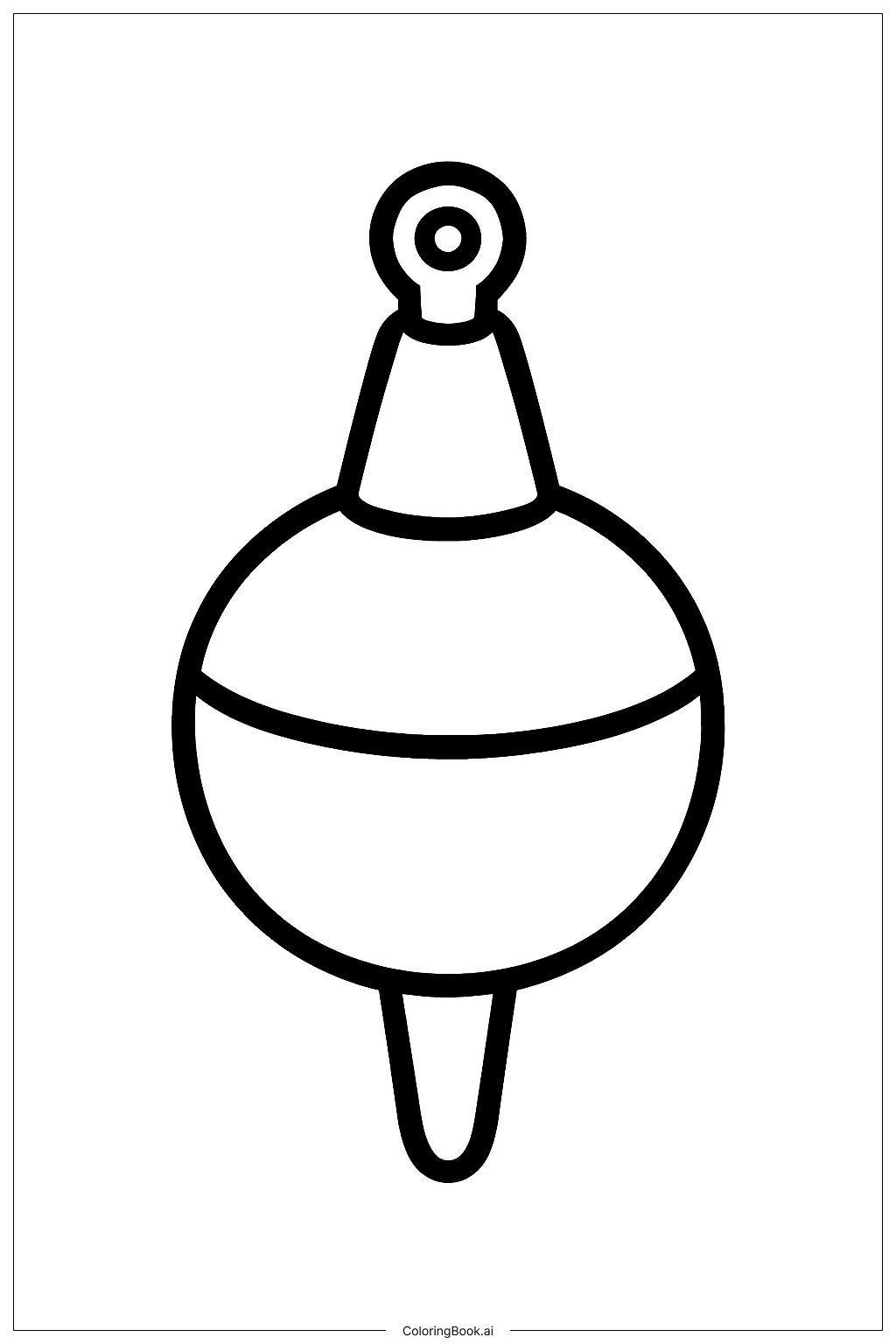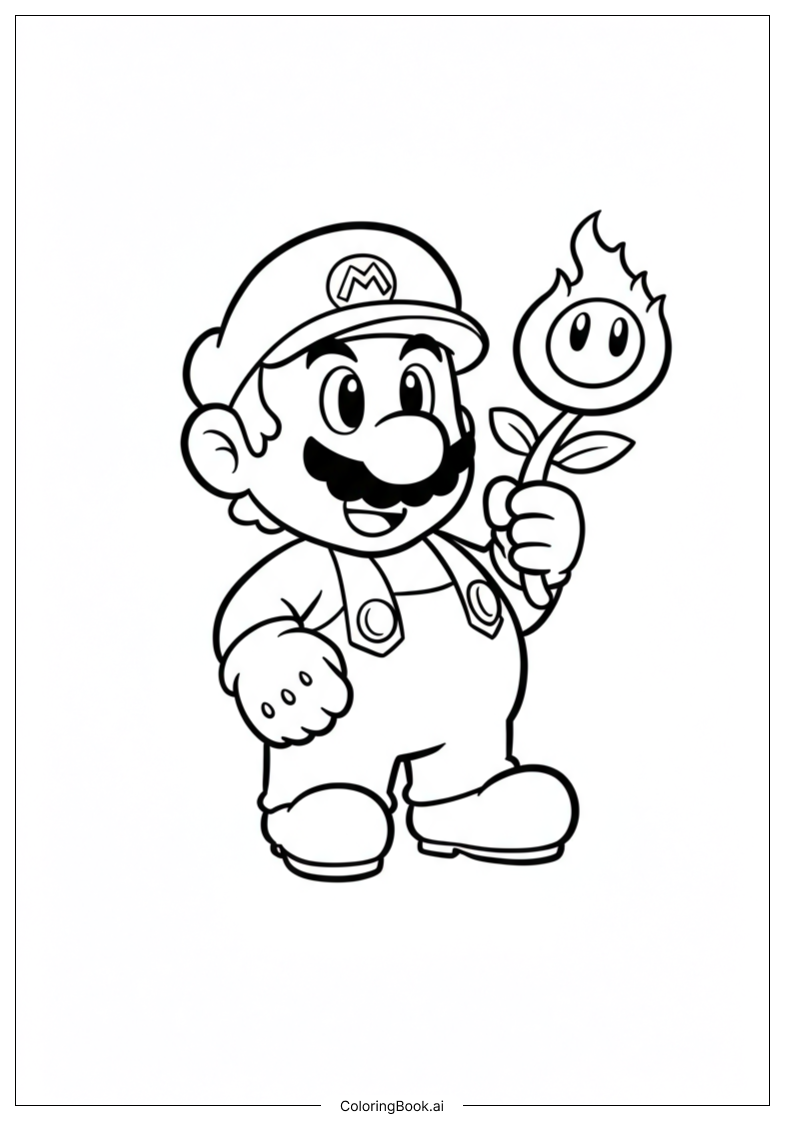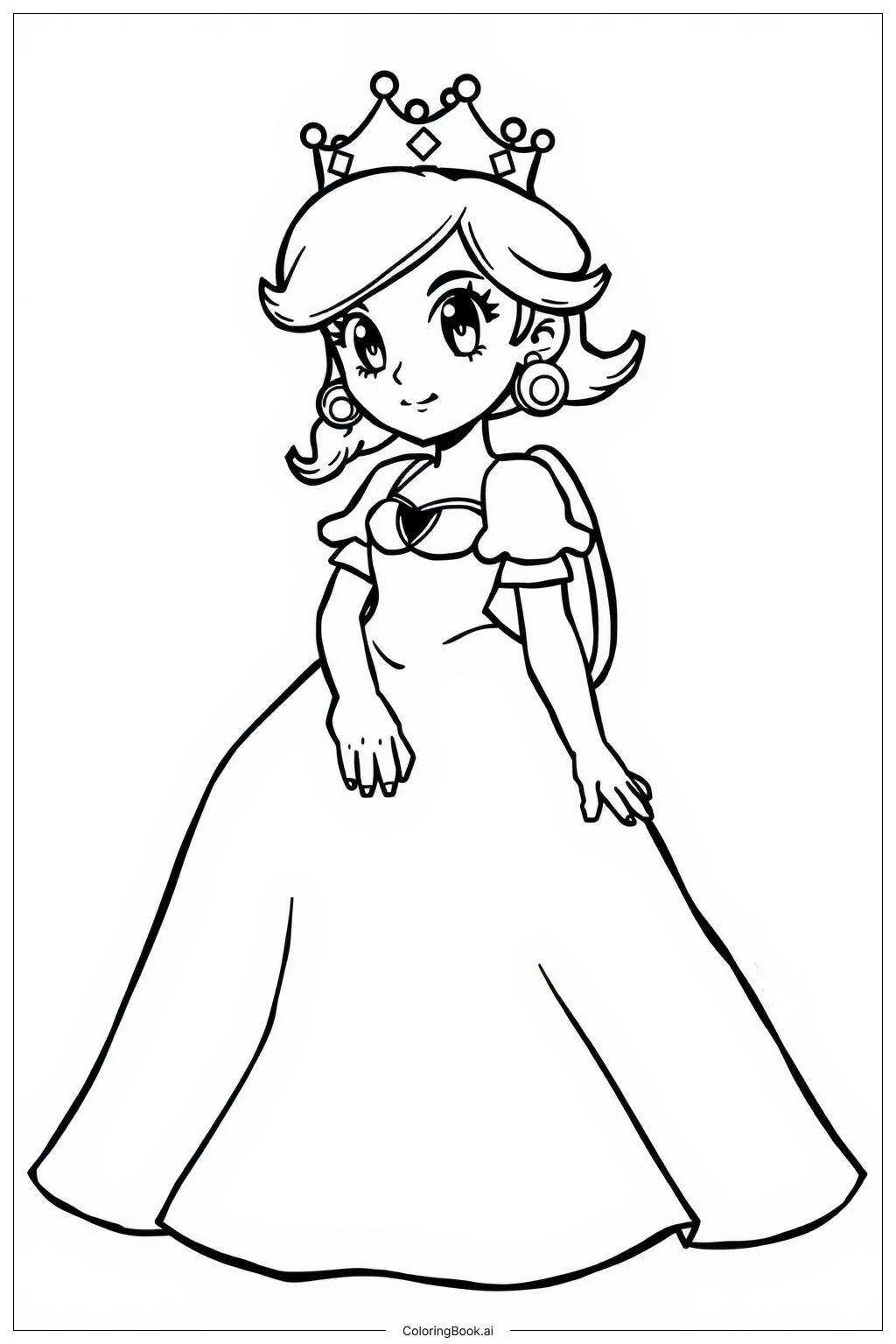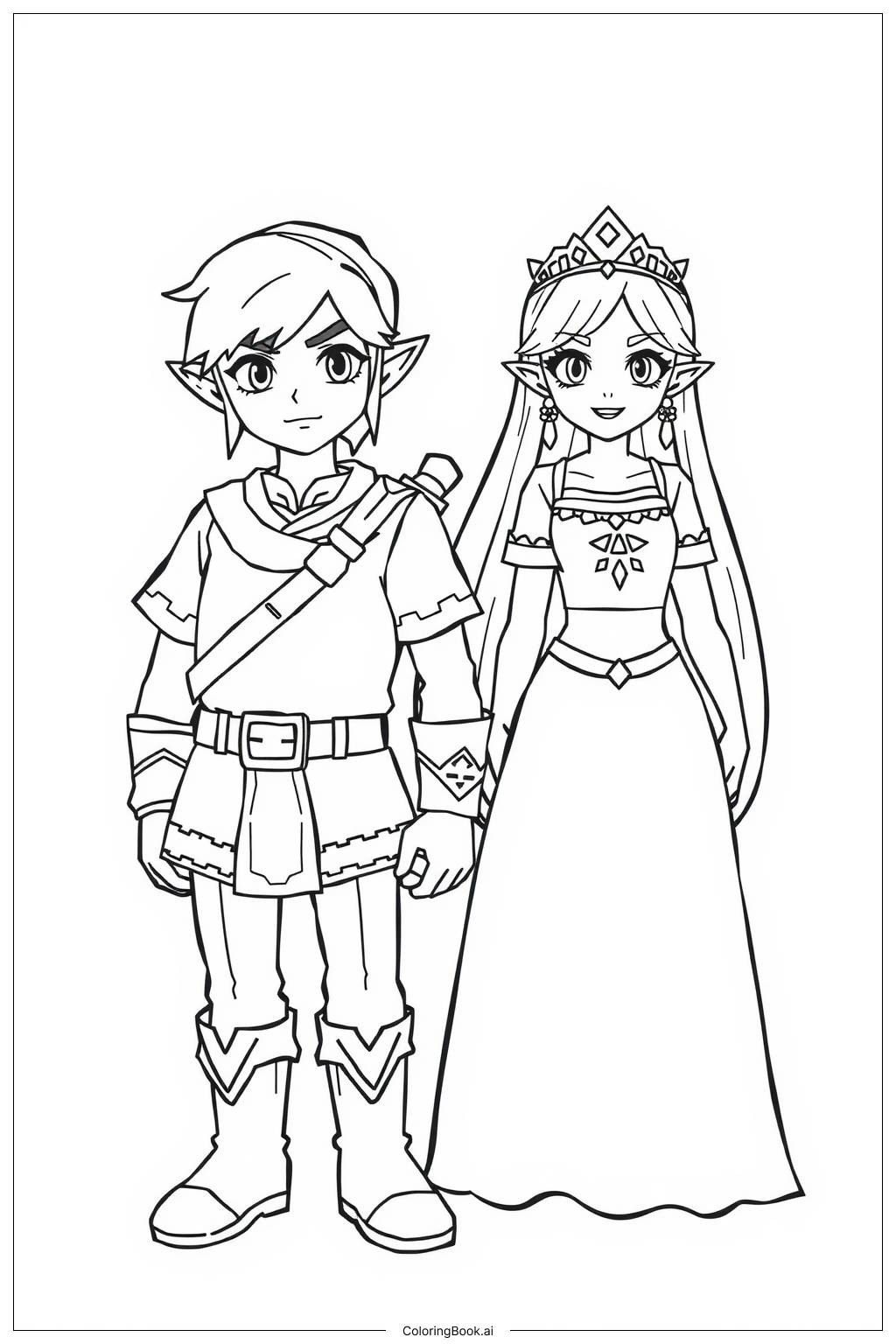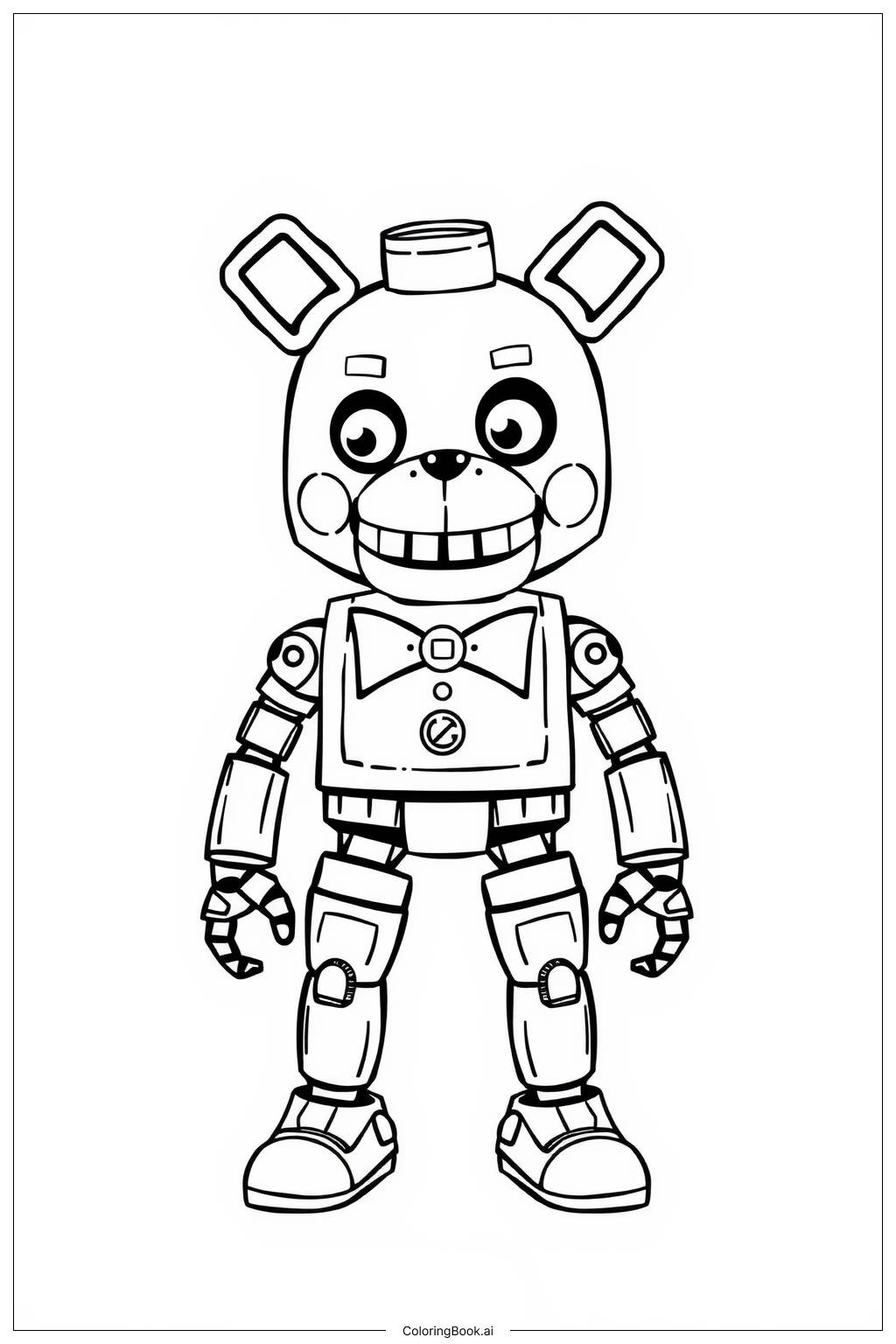Coloring tips: How to color A Simple Animal Crossing House Outline coloring page well?
When coloring the house, consider using soft and inviting colors to match the cozy vibe of Animal Crossing. For the roof, pastel shades like light blue or soft green can create a cheerful look. The walls can be a warm beige or light pink to make the house feel welcoming. The door can be painted in a contrasting color, like bright red or cheerful yellow. For the windows, light blue can mimic glass, or you can use a darker color to create a shadow effect. Don't forget to add details like grass around the house and colorful flowers to bring the scene to life!
Coloring challenges: Which parts are difficult to color and need attention for A Simple Animal Crossing House Outline coloring page?
1. Achieving Color Balance: It might be challenging to select colors that complement each other well. Children may struggle to find harmonious color pairs for the house, roof, and surrounding elements.
2. Working with Fine Lines: The outline of the house has distinct areas that require careful coloring within the lines. Younger kids may find it tricky to stay within the outlines, especially around windows and the door.
3. Adding Shading and Depth: For a more advanced coloring experience, adding shading can enhance the three-dimensional look of the house. However, this might complicate the coloring process for younger children.
4. Choosing Background Colors: There’s also the challenge of how to color the background. Deciding on colors for the sky, grass, or additional elements can be overwhelming without guidance, leading to frustration.
5. Combining Different Techniques: Exploring various coloring tools, like crayons and markers, might confuse children about which technique to use for which element, affecting consistency and flow.
Benefits of coloring books: Advantages of drawing A Simple Animal Crossing House Outline coloring page
Coloring this house from Animal Crossing has several benefits. Firstly, it enhances creativity. Children can use different colors and styles, expressing their unique artistic vision. Secondly, it improves motor skills. As they color within the lines, they practice hand-eye coordination and fine motor control, which are essential for developing writing skills. Thirdly, coloring acts as a stress reliever. It allows kids to relax and unwind, making it a great activity after a busy day. Additionally, discussing their color choices and the elements of the house encourages communication skills. Lastly, completing the coloring page gives a sense of accomplishment, boosting confidence and self-esteem in their artistic abilities.
